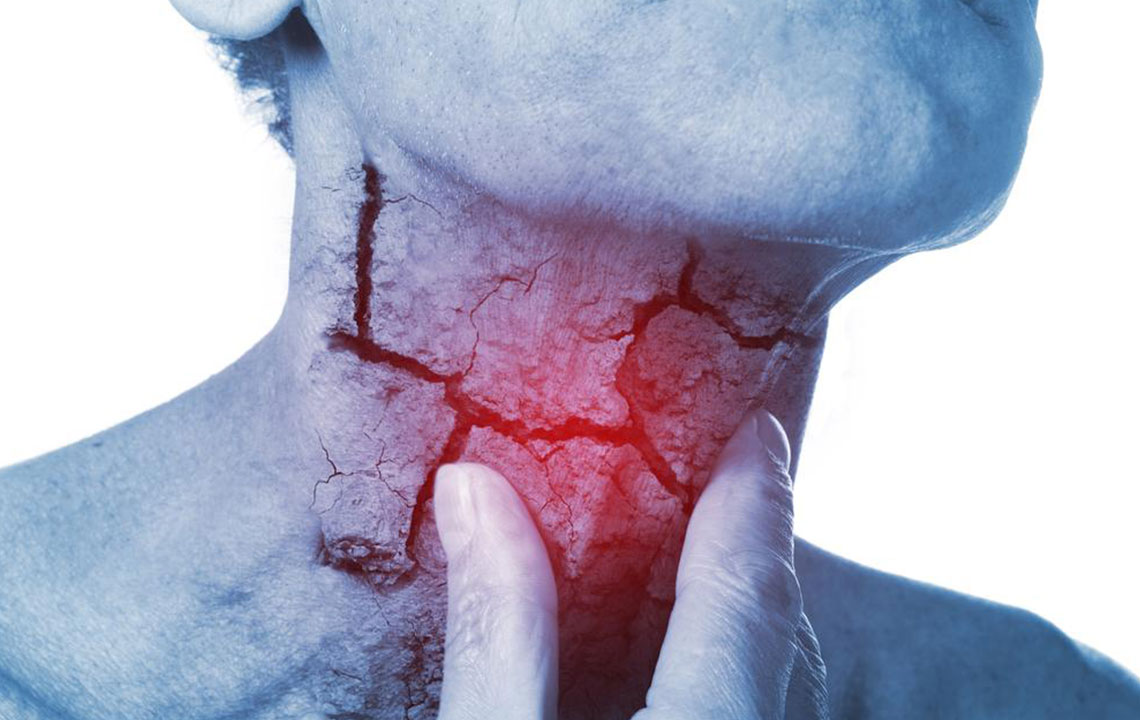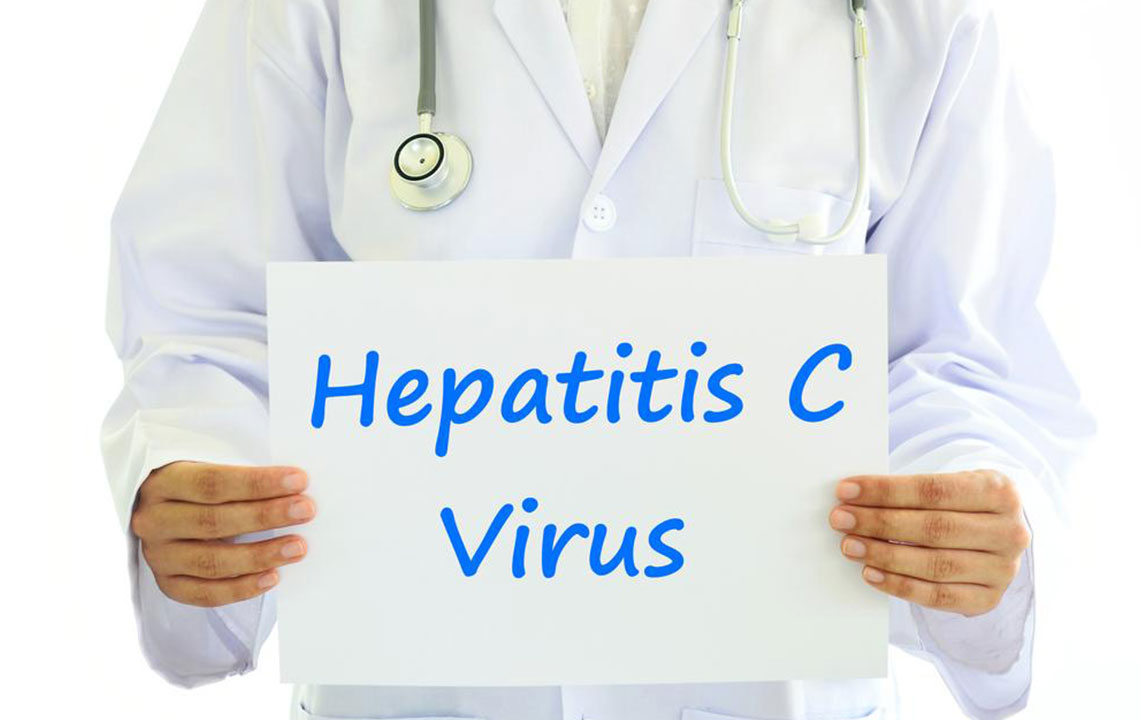Comprehensive Guide to Identifying and Managing Fatty Liver Disease
Learn about the key symptoms and early indicators of fatty liver disease, including abdominal swelling, edema, fatigue, and skin changes. Understand the different types of fatty liver conditions, their risks, diagnostic methods, and effective management strategies to prevent progression to severe liver damage. Early detection and lifestyle modifications are essential for effective treatment and maintaining liver health.

Comprehensive Guide to Identifying and Managing Fatty Liver Disease
Fatty liver disease (FLD), also known as hepatic steatosis, is a widespread condition characterized by excessive fat accumulation in liver tissues. The liver, a vital organ in the human body, performs essential functions such as detoxification, nutrient metabolism, bile production, and protein synthesis. When fat builds up beyond normal levels, it can impair liver function and lead to serious health issues. Recognizing the early signs and understanding the risk factors associated with fatty liver disease are crucial steps in effective management and prevention. Although lifestyle choices play a significant role, genetic predispositions, hormonal imbalances, and metabolic conditions like type 2 diabetes further increase susceptibility.
Symptoms of Fatty Liver Disease and Their Significance
Excessive Abdominal Swelling
One of the most common early indicators of fatty liver disease is abdominal distension or swelling, which can affect both men and women. This symptom often results from the accumulation of fluid in the abdominal cavity, a condition medically termed as ascites. Persistent or unexplained abdominal swelling warrants prompt medical evaluation. Ascites occurs when the liver's ability to produce proteins and regulate fluid balance is compromised, allowing fluid to seep into the space within the abdomen. Individuals may experience a sensation of fullness, tightness, or discomfort in the upper right quadrant of the abdomen, which may be noticeable even when lifestyle habits haven't changed significantly.
Swelling in Lower Limbs
Fluid retention is another hallmark symptom, often manifesting as swelling in the legs, ankles, and feet. This condition, known as edema, develops due to impaired circulation and fluid imbalance caused by liver dysfunction. If left unmanaged, swelling can extend to the face and hands, indicating advancing disease severity. Detecting and managing peripheral edema early can prevent complications such as skin infections or deep vein thrombosis.
Breathlessness and Respiratory Challenges
The accumulation of fluid in the abdomen and around the lungs can impair respiratory function, leading to difficulty breathing, especially during physical exertion. This symptom results from the pressure exerted by the accumulated fluid on the diaphragm and lungs, reducing lung capacity and oxygen intake. Chronic breathlessness should prompt a comprehensive liver evaluation to rule out advanced disease stages such as cirrhosis.
Persistent Fatigue
Inflammation and fat deposits in the liver can cause systemic stress on vital organs, leading to generalized fatigue and weakness. Patients may find even routine activities exhausting and may experience decreased stamina. Fatigue is often accompanied by a lack of motivation, impaired concentration, and sleep disturbances, significantly affecting quality of life.
Gastrointestinal Bleeding and Related Complications
As fatty liver progresses to more severe stages like cirrhosis, it can cause vascular abnormalities such as esophageal varices, leading to gastrointestinal bleeding. These bleedings are sometimes detected during routine health screenings or when patients present with symptoms like vomiting blood or passing black, tarry stools. Early detection allows for timely interventions to prevent life-threatening hemorrhages.
Skin Changes and Coloration Issues
Skin manifestations include itchiness, redness of palms, jaundice (yellow discoloration of the skin and eyes), and the appearance of spider veins under the skin surface. Such skin symptoms often indicate liver dysfunction and the progression towards advanced liver disease. Recognizing these signs early can assist healthcare providers in diagnosing underlying liver problems and initiating appropriate treatment plans.
Other less common but notable signs encompass enlarged breasts in males (gynecomastia), nausea, spleen enlargement, muscle wasting, reduced appetite, and mental fogginess or cognitive impairments. These symptoms reflect systemic effects of liver abnormalities and nutrient deficiencies.
Variations in Symptoms Based on Disease Type
Nonalcoholic Steatohepatitis (NASH)
NASH represents a more aggressive form of fatty liver where inflammation and cellular damage occur. This condition may progress to liver fibrosis, leading to cirrhosis, which significantly impairs liver function. Patients with NASH are at increased risk for developing portal hypertension, internal bleeding, and muscle wasting. In advanced cases, liver transplantation becomes the only viable treatment option, emphasizing the importance of early detection and intervention.
Nonalcoholic Fatty Liver Disease (NAFLD)
This form involves fat accumulation without significant tissue damage or overt symptoms. Many individuals remain asymptomatic or experience mild, non-specific complaints such as fatigue or mild discomfort. Risk factors include metabolic syndrome, thyroid disorders, sleep apnea, and hormonal imbalances. Managing these underlying conditions is vital to prevent progression to NASH or cirrhosis.
Diagnostic Techniques and Early Detection
Since fatty liver disease can be silent initially, routine health assessments are essential, especially for individuals with risk factors like obesity, diabetes, or high cholesterol. Diagnostic procedures include blood tests to evaluate liver enzymes, lipid profiles, and markers of inflammation. Imaging modalities such as ultrasound, magnetic resonance imaging (MRI), and transient elastography can identify fat infiltration in liver tissues. In some cases, a liver biopsy may be necessary to assess the extent of damage accurately. Early diagnosis is critical to prevent irreversible scarring and functionality loss.
Treatment strategies focus on lifestyle alterations, including adopting a balanced diet rich in fruits, vegetables, and whole grains, engaging in regular physical activity, and managing coexisting conditions like diabetes, high cholesterol, and hypertension. Pharmacological treatments are currently limited but may include medications targeting underlying metabolic disorders. Severe cases or advanced fibrosis might require medical interventions or liver transplantation. Consulting healthcare professionals at early stages significantly improves prognosis and overall health outcomes.





